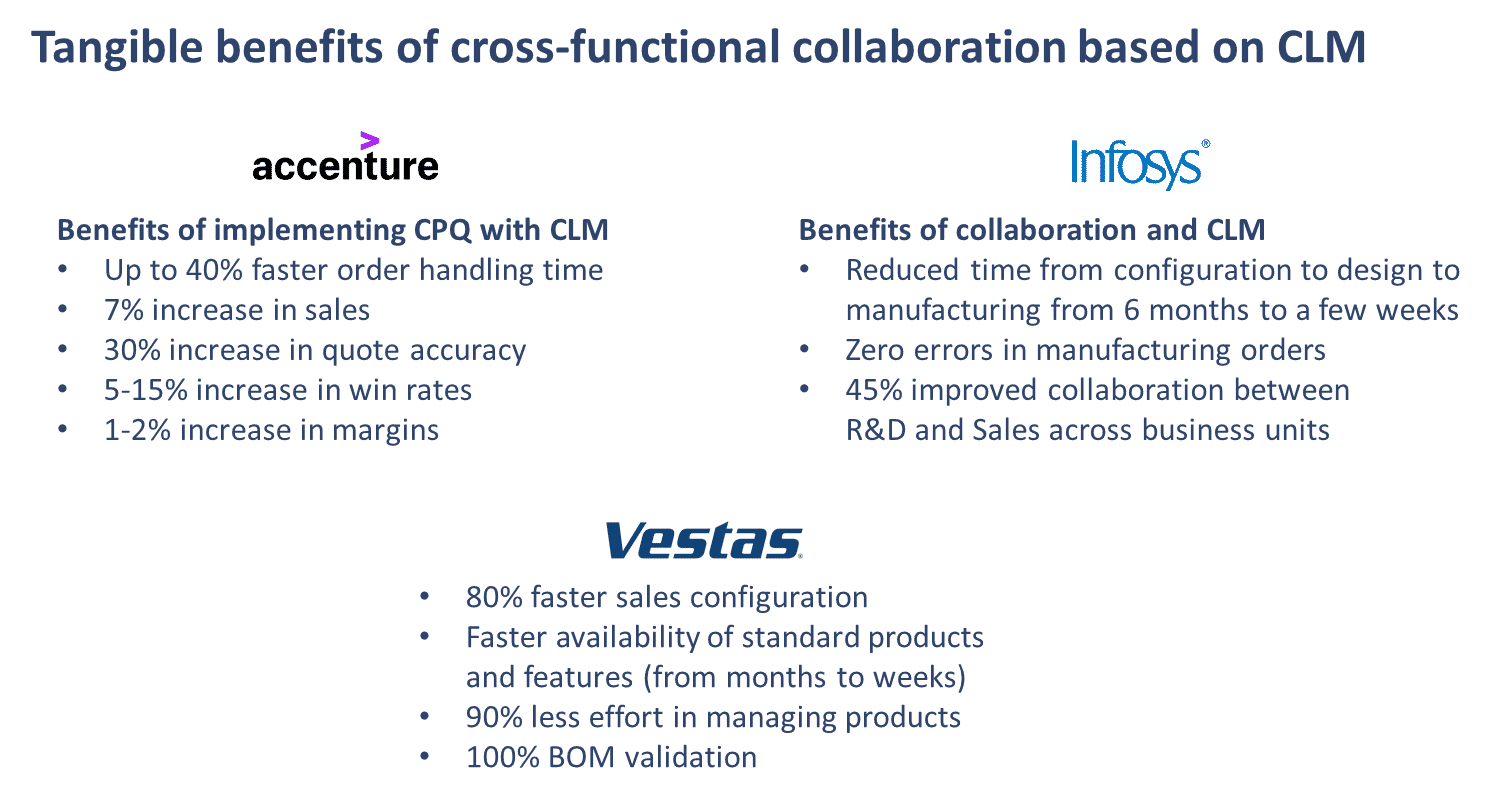In both cases, BCG and McKinsey offer reasons for why digital transformations fail with a focus on the role of senior management in setting high aspirations, assembling the right team and putting the right monitoring infrastructure in place. In other words, transformation needs to be driven from the top. However, this point-of-view can often overlook the realities on the ground and consider the organization “change-resistant.”
In 2018, Gartner highlighted 6 barriers to digital transformation [3]:
1. A change-resisting culture: “People have to be able to work across boundaries and explore new ideas. In reality, most organizations are stuck in a culture of change-resistant silos and hierarchies”
2. Limited sharing and collaboration: “Issues of ownership and control of processes, information and systems make people reluctant to share their knowledge”
3. The business isn’t ready: “When the CIO or CDO wants to start the transformation process, it turns out that the business doesn’t have the skills or resources needed”
4. The talent gap: “Most organizations follow a traditional pattern — organized into functions such as IT, sales and supply chain and largely focused on operations. Change can be slow in this kind of environment”
5. The current practices don’t support the talent: “Highly structured and slow traditional processes don’t work for digital”
6. Change isn’t easy: “Over the long term, enterprises should build the organizational capabilities that make change simpler and faster. To do that, they should develop a platform-based strategy that supports continuous change and design principles and then innovate on top of that platform, allowing new services to draw from the platform and its core services”
Gartner highlights “change-resistant silos” with “slow traditional processes” where “people are reluctant to share their knowledge.” With such a defensive outlook, “change can be slow in this kind of environment,” as noted by Gartner. In such circumstances, finding the “skills and resources” that can help drive a top-down change initiative is difficult.
Gartner is clearly identifying the dangers of silo-based organizations to digital transformation initiatives and the importance of cross-functional collaboration. But, notice also the recommendation to develop a “platform-based strategy that supports continuous change.” Cross-functional collaboration needs to be enabled and supported by a platform-based strategy that can effectuate continuous change and innovation.

